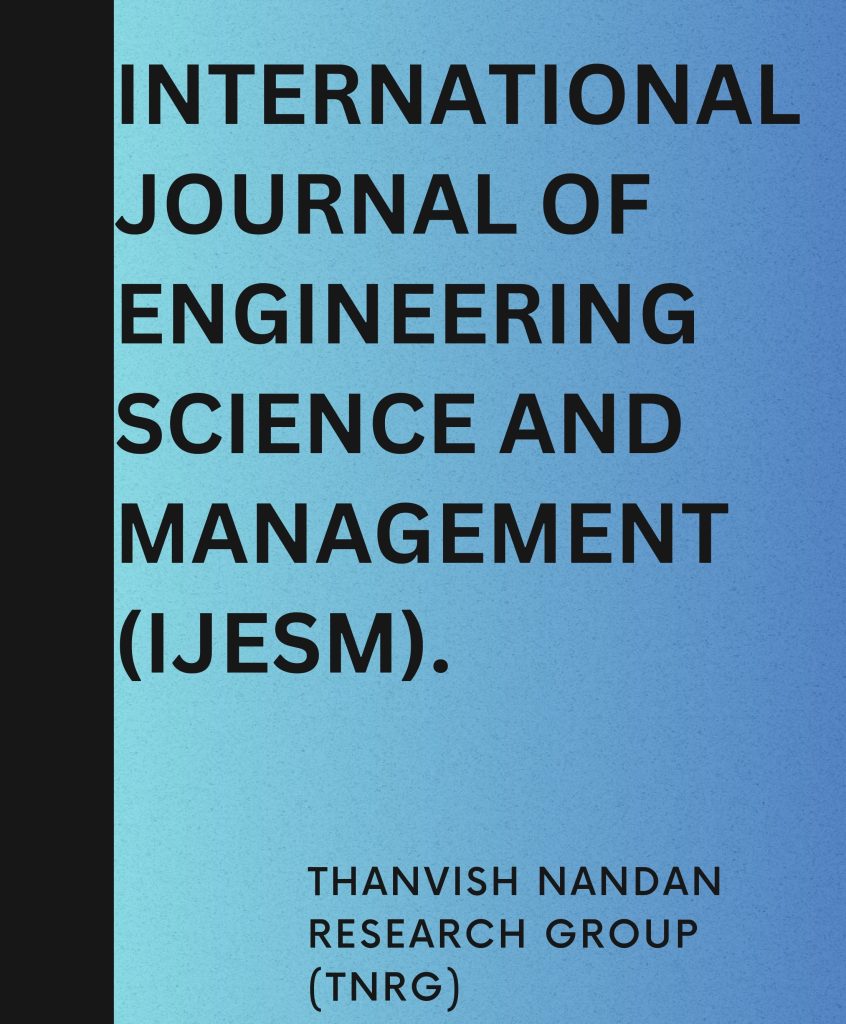
International journal of engineering science and management (IJESM)
International journal of engineering science and management (IJESM)
AN ADAVANCE DEEP LEARNING BASED BRAIN TUMOR DETECTION
Abstract
Brain tumours are dangerous in children and adults. Brain tumours grow quickly and patient lifespan is low if not treated adequately. Early brain tumour detection is crucial. To improve patient life expectancy, treatment planning and diagnostics are paramount. Magnetic resonance imaging detects brain tumours best. MRI images are analysed by radiologist. The complexity of brain tumours and their attributes makes manual inspection risky. Thus, an automated brain tumour detection system is needed to detect early tumours. The unchecked and rapid proliferation of cells can lead to the development of a brain tumour. It is possible to die from this condition if you do not get treatment when you are in the early stages. Accurate segmentation and classification are still a difficult task, despite the numerous important efforts that have been made and the encouraging progress made in this area. The variability in location, shape, and size of brain tumours is a significant obstacle in the process of diagnosing and treating the disease. Helping researchers by providing them with a comprehensive literature review on brain tumour detection by magnetic resonance imaging is the purpose of this survey. This survey discussed the architecture of brain tumours, as well as publicly available datasets, enhancement approaches, segmentation, feature extraction, classification, as well as deep learning, transfer learning, and quantum machine learning for the analysis of brain tumours. In conclusion, this review compiles all of the pertinent literature pertaining to the diagnosis of brain tumours, together with a discussion of the benefits and drawbacks of existing methods, as well as recent advancements and anticipated directions in the field.


